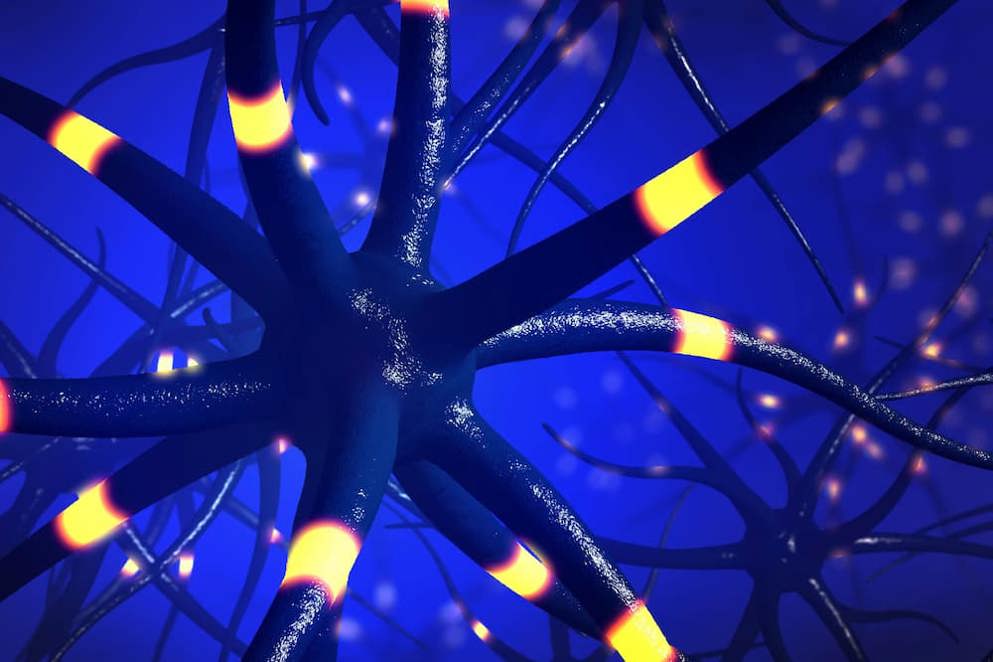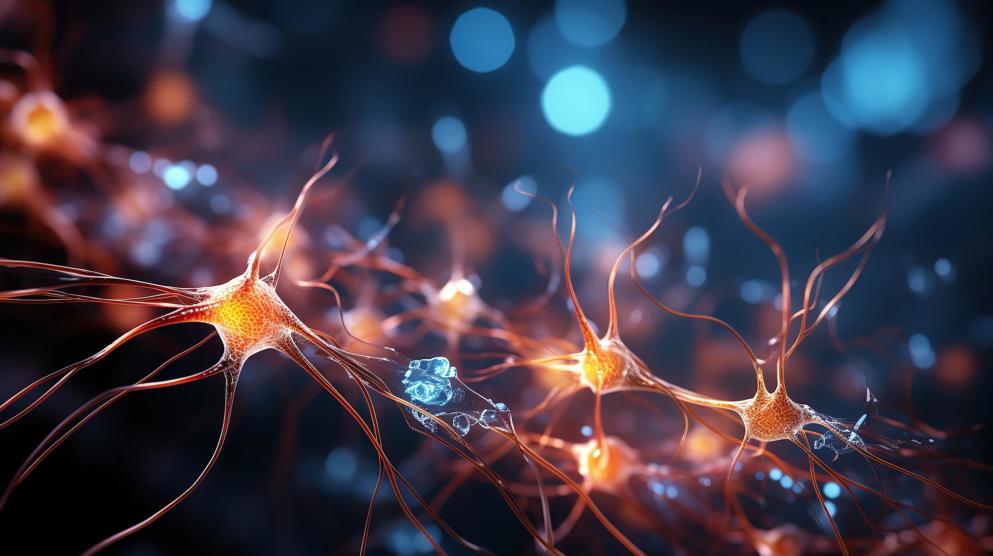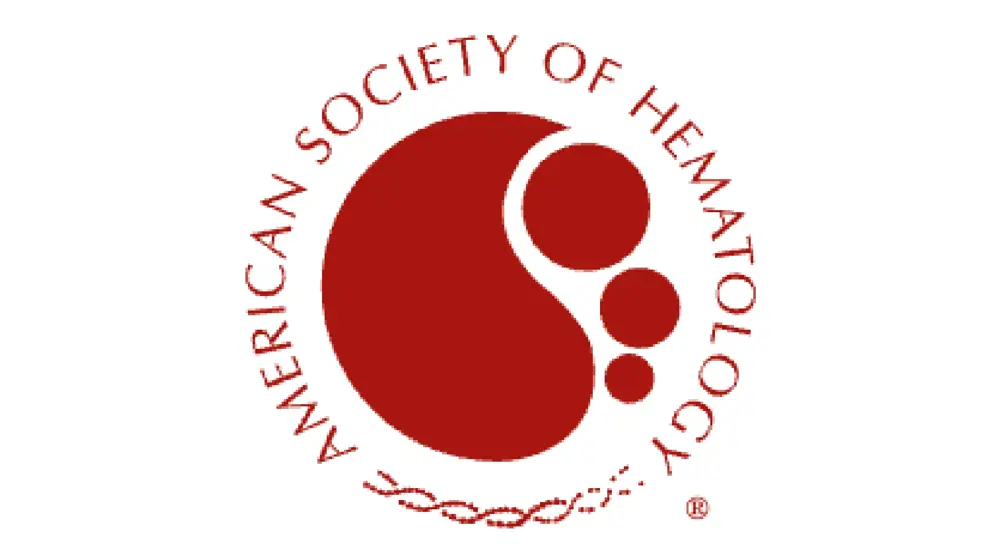
Neuromuscular Disorders
What are neuromuscular disorders?
Neuromuscular disorders are a broad group of conditions that impair muscle function either directly (muscles) or indirectly (nerves or neuromuscular junctions). Neuromuscular disorders include amyotrophic lateral sclerosis (ALS; also known as motor neurone disease), multiple sclerosis (MS), spinal muscular atrophy (SMA), muscular dystrophy and myasthenia gravis amongst others.
ECTRIMS 2022: Advancements in MS clinical tools
See the latest developments in tools for understanding, detecting, and slowing the multiple sclerosis (MS) disease course and improving outcomes for people with MS.
Related news and insights
Featured events
Related Guidelines
In general, causes of neuromuscular disorders include pathogenic gene mutation or immune system disorders. Currently, there is no cure for neuromuscular disorders; however, treatments may be available for treating symptoms and delaying progression. Investigational gene therapy for neuromuscular disorders provide hope for a cure in the future.
What is amyotrophic lateral sclerosis?
Amyotrophic lateral sclerosis (ALS), also known as motor neurone disease, is a fatal disorder that causes progressive degeneration of nerves within the spinal cord and brain. ALS symptoms include loss of motor control in the arms and legs leading to falls, dropping things, fatigue and muscular twitching or cramping. Symptoms of advanced ALS include trouble breathing or swallowing and paralysis.
What is multiple sclerosis?
Multiple sclerosis (MS) is a progressive chronic autoimmune inflammatory disease of the central nervous system that affects females more than males. MS is characterized by demyelination and axonal loss leading to neurological impairment and severe disability. Symptoms of MS include problems with balance, coordination, bladder/bowel control, thinking, memory, speech and swallowing.
What is spinal muscular atrophy?
Spinal muscular atrophy (SMA) is a genetic neuromuscular disease that is caused by mutation of the SMN gene and the resulting low levels of SMN protein. There are four types of SMA that vary mainly by age of onset, as well as severity. Spinal muscular atrophy symptoms include weaking of muscles and weak arms or legs, twitching, bone and joint problems, as well as swallowing and breathing difficulties.
What is muscular dystrophy?
Muscular dystrophy includes a group of genetic conditions characterised by muscle wasting and progressive weakness. Symptoms of muscular dystrophy vary; for Duchenne type muscular dystrophy, onset typically occurs in early childhood with symptoms including frequent falls, trouble walking or running, and muscle pain and stiffness. Symptoms for Becker muscular dystrophy are similar, but progress more slowly.
What is myasthenia gravis?
Myasthenia gravis is a rare autoimmune condition that leads to the weakening of voluntary muscles, with the first muscles typically affected being eyelids. Myasthenia gravis is generally associated with muscle weakness and fatigue.
of interest
are looking at
saved
next event





